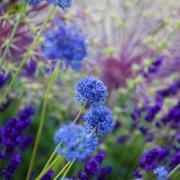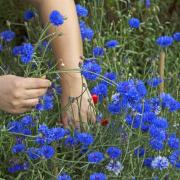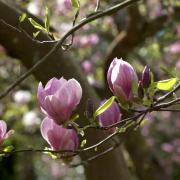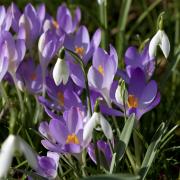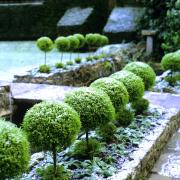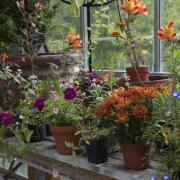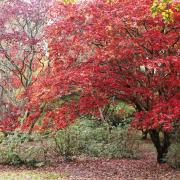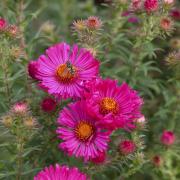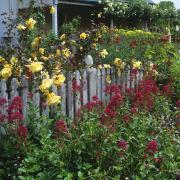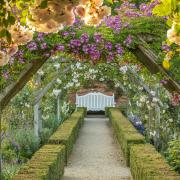Bring some winter cheer to your patio with these bright combinations.
A visit to your local garden centre will surround you with all kinds of inspiration to unleash your creativity. My advice is to firstly choose a centrepiece plant, then don’t be afraid to take some pots off the shelves and create a combination on the ground that suits, then simply put back the plants that don’t work in your scheme. Container gardening satisfies the artist within. Scenes that are difficult to create in a large garden become achievable in a pot.
Just set aside a spare hour, grab your handful of plants and paint a picture of colours and textures that will cry out “look at me” and make an impact in any space. Whether your style is minimalist, contemporary, classic or rustic, whether you are a gardening virgin or an expert, you can achieve success in a pot – and in next to no time.
Start with a container that will withstand freezing temperatures. The range is diverse from new to recycled possibilities, including metal, wood, ceramic, stone, terracotta or plastic. You don’t need to restrict your choice to bought containers. Anything can take your fancy, such as old baskets lined with plastic, olive-oil cans, coalscuttles, crates, ancient watering cans or industrial salvage. Consider the visual balance between the plants and the container as well as the arrangement of pots. Whatever you choose, ensure that your pot has drainage holes and is large enough for your chosen plants.
Planting up a winter tub is different from a summer container. With summer mixes you have to allow the plants room to grow and develop, which means that your newly planted container can look a bit empty at first. A winter container has an instant “wow” effect with a densely planted mix of specimens. As evergreens do not grow very much through the winter you can select fairly mature plants. There is no need to leave room to grow.
Select plants that will look great through winter and into spring. Mix evergreens with seasonal flowers and berries. Some of the best plants to include are dwarf conifers, skimmia, heather, solanum, cyclamen, pansies, polyanthus, kale and pop in some spring bulbs in layers, for added surprises to emerge through the foliage next year. Include vertical elements, fillers and trailers in colour combinations that you enjoy and work well with your house and garden. You may also find a visit to the winter garden at Hillier Gardens, with coloured stems, grasses and evergreens, as well as the eclectic containers at West Green’s Christmas Fair inspirational to get your creative ideas flowing.
Pot Tips
Use lots of interesting coloured and variegated evergreens to get a unique look.
Include different levels – obtain height from strappy plants like dwarf conifers and grasses.
Try unusual colour combinations such as metallic bronze and orange to give a warm glow during winter.
Keep things even and create matching pairs for either side of doors or pathways.
Add seasonal colour to permanent topiary containers.
Bright containers with complementary plants give a warm welcome.
Use good peat-free compost.
Place crocks at the base as good drainage is essential.
Plan your container before planting by grouping the plants in their plastic pots.
Plant the centrepiece first.
Mulch with moss, bark, gravel or glass chippings to keep plants warm and snug.
You don’t need to feed plants in winter containers, as there is not much growth.
Avoid over-watering, but water in dry spells.
Keep the pots in as light a place as possible.
Check regularly for pest and disease problems and remove withered foliage.
Placing a plastic pot inside a terracotta pot prevents it from cracking.
Remove plants in April and replant in the garden.
Clipped box with trailing small leafed ivy planted with tiny red cyclamens always look festive for Christmas.




